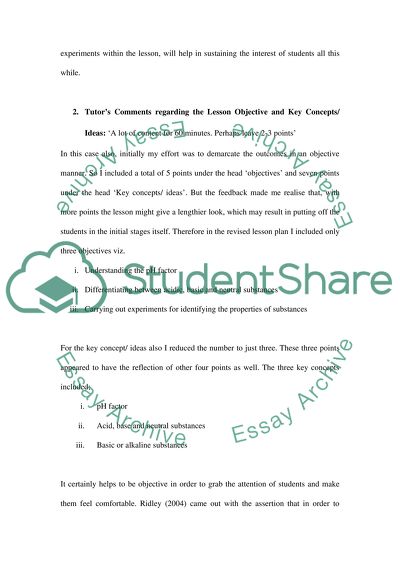Cite this document
(Chemistry Lesson Plan Justification Assignment Example | Topics and Well Written Essays - 1750 words, n.d.)
Chemistry Lesson Plan Justification Assignment Example | Topics and Well Written Essays - 1750 words. https://studentshare.org/education/1557180-justification-of-the-chemistry-lesson-plan-and-concept-map
Chemistry Lesson Plan Justification Assignment Example | Topics and Well Written Essays - 1750 words. https://studentshare.org/education/1557180-justification-of-the-chemistry-lesson-plan-and-concept-map
(Chemistry Lesson Plan Justification Assignment Example | Topics and Well Written Essays - 1750 Words)
Chemistry Lesson Plan Justification Assignment Example | Topics and Well Written Essays - 1750 Words. https://studentshare.org/education/1557180-justification-of-the-chemistry-lesson-plan-and-concept-map.
Chemistry Lesson Plan Justification Assignment Example | Topics and Well Written Essays - 1750 Words. https://studentshare.org/education/1557180-justification-of-the-chemistry-lesson-plan-and-concept-map.
“Chemistry Lesson Plan Justification Assignment Example | Topics and Well Written Essays - 1750 Words”. https://studentshare.org/education/1557180-justification-of-the-chemistry-lesson-plan-and-concept-map.


